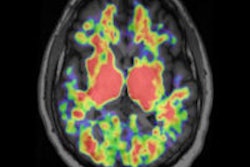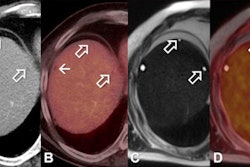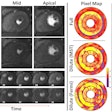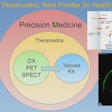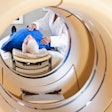Sunday, December 1 | 11:05 a.m.-11:15 a.m. | SSA18-03 | Room S505AB
Are methylene diphosphonate (MDP) bone scans necessary during initial staging of Ewing's sarcoma patients if FDG-PET/CT is performed? That's the question researchers at Memorial Sloan-Kettering Cancer Center (MSKCC) sought to answer in this study.Ewing's sarcoma is a rare disease in which cancer cells are found in bone or soft tissue. Limiting the number of exams for young patients would reduce radiation exposure, the need for sedation, and stress for the patient, without sacrificing accuracy of staging.
"There has been debate about the most effective imaging methods to stage patients with newly diagnosed Ewing's sarcoma," explained lead researcher Dr. Gary Ulaner, PhD, a radiologist at MSKCC and an assistant professor at Weill Cornell Medical College. "Some institutions use bone scan, others use FDG-PET/CT, and others use both."
This retrospective review was performed on 60 patients who underwent FDG-PET/CT and MDP bone scans prior to treatment for newly diagnosed Ewing's sarcoma between October 2004 and November 2012.
FDG-PET/CT correctly identified 11 (92%) of 12 patients with osseous metastases; one false negative occurred in a sclerotic primary tumor. MDP bone scans found osseous metastases in nine (75%) of 12 patients, with three false negatives occurring in patients with lytic primary tumors. Only one (7%) of 13 patients with a soft-tissue primary malignancy demonstrated bone metastases, which were seen on both the bone scan and FDG-PET/CT.
The results suggest that FDG-PET/CT is a reasonable first option for Ewing's sarcoma patients, Ulaner and colleagues concluded.
"Only if the primary Ewing's sarcoma is sclerotic on CT does the bone scan add information over the FDG-PET/CT; thus the bone scan may be omitted in the majority of patients," he said.





